Mark Lawford
Engineering Automotive Digital Twins on Standardized Architectures: A Case Study
Aug 26, 2025Abstract:Digital twin (DT) technology has become of interest in the automotive industry. There is a growing need for smarter services that utilize the unique capabilities of DTs, ranging from computer-aided remote control to cloud-based fleet coordination. Developing such services starts with the software architecture. However, the scarcity of DT architectural guidelines poses a challenge for engineering automotive DTs. Currently, the only DT architectural standard is the one defined in ISO 23247. Though not developed for automotive systems, it is one of the few feasible starting points for automotive DTs. In this work, we investigate the suitability of the ISO 23247 reference architecture for developing automotive DTs. Through the case study of developing an Adaptive Cruise Control DT for a 1/10\textsuperscript{th}-scale autonomous vehicle, we identify some strengths and limitations of the reference architecture and begin distilling future directions for researchers, practitioners, and standard developers.
Simulation-based Analysis of a Novel Loop-based Road Topology for Autonomous Vehicles
Feb 03, 2024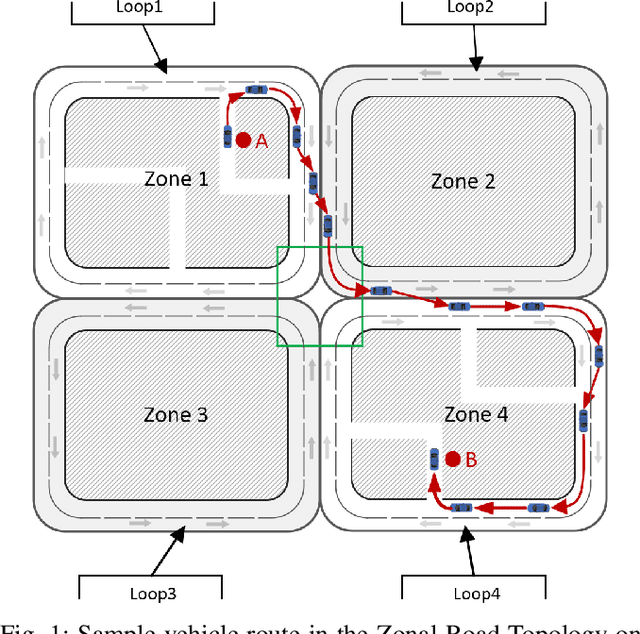
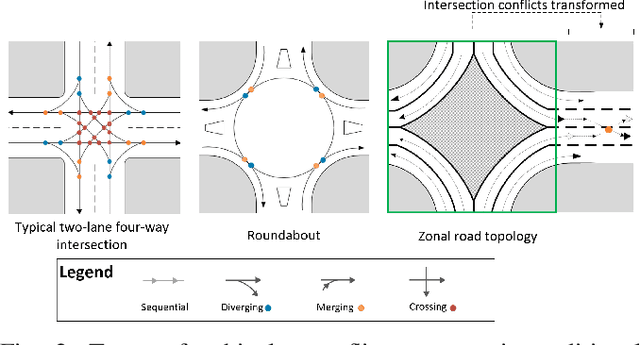
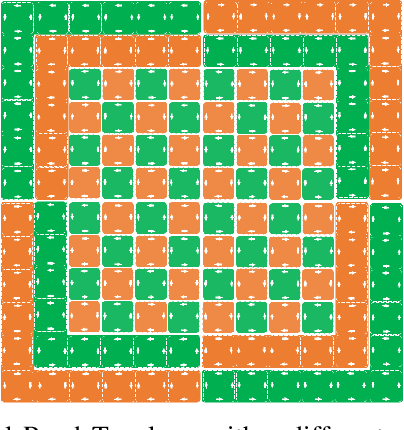

Abstract:The challenges in implementing SAE Level 4/5 autonomous vehicles are manifold, with intersection navigation being a pervasive one. We analyze a novel road topology invented by a co-author of this paper, Xiayong Hu. The topology eliminates the need for traditional traffic control and cross-traffic at intersections, potentially improving the safety of autonomous driving systems. The topology, herein called the Zonal Road Topology, consists of unidirectional loops of road with traffic flowing either clockwise or counter-clockwise. Adjacent loops are directionally aligned with one another, allowing vehicles to transfer from one loop to another through a simple lane change. To evaluate the Zonal Road Topology, a one km2 pilot-track near Changshu, China is currently being set aside for testing. In parallel, traffic simulations are being performed. To this end, we conduct a simulation-based comparison between the Zonal Road Topology and a traditional road topology for a generic Electric Vehicle (EV) using the Simulation for Urban MObility (SUMO) platform and MATLAB/Simulink. We analyze the topologies in terms of their travel efficiency, safety, energy usage, and capacity. Drive time, number of halts, progress rate, and other metrics are analyzed across varied traffic levels to investigate the advantages and disadvantages of the Zonal Road Topology. Our results indicate that vehicles on the Zonal Road Topology have a lower, more consistent drive time with greater traffic throughput, while using less energy on average. These results become more prominent at higher traffic densities.
Novel Fundus Image Preprocessing for Retcam Images to Improve Deep Learning Classification of Retinopathy of Prematurity
Feb 16, 2023Abstract:Retinopathy of Prematurity (ROP) is a potentially blinding eye disorder because of damage to the eye's retina which can affect babies born prematurely. Screening of ROP is essential for early detection and treatment. This is a laborious and manual process which requires trained physician performing dilated ophthalmological examination which can be subjective resulting in lower diagnosis success for clinically significant disease. Automated diagnostic methods can assist ophthalmologists increase diagnosis accuracy using deep learning. Several research groups have highlighted various approaches. This paper proposes the use of new novel fundus preprocessing methods using pretrained transfer learning frameworks to create hybrid models to give higher diagnosis accuracy. The evaluations show that these novel methods in comparison to traditional imaging processing contribute to higher accuracy in classifying Plus disease, Stages of ROP and Zones. We achieve accuracy of 97.65% for Plus disease, 89.44% for Stage, 90.24% for Zones with limited training dataset.
Is the Rush to Machine Learning Jeopardizing Safety? Results of a Survey
Nov 29, 2021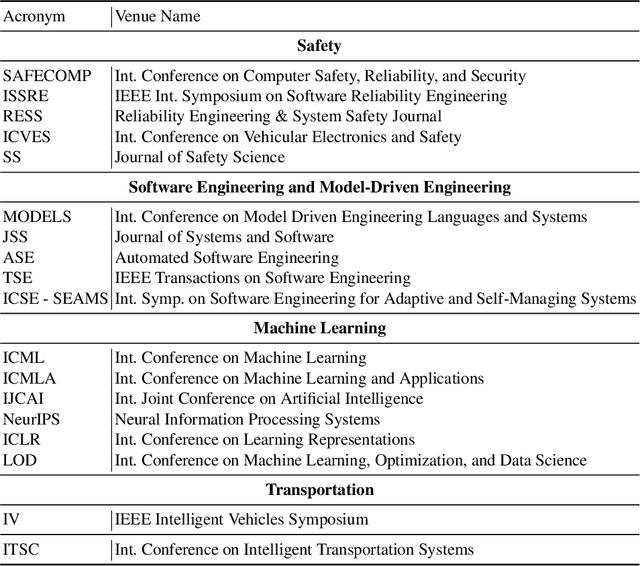
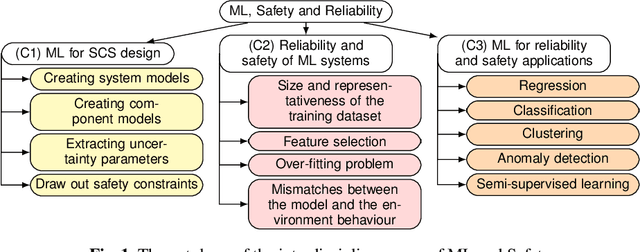

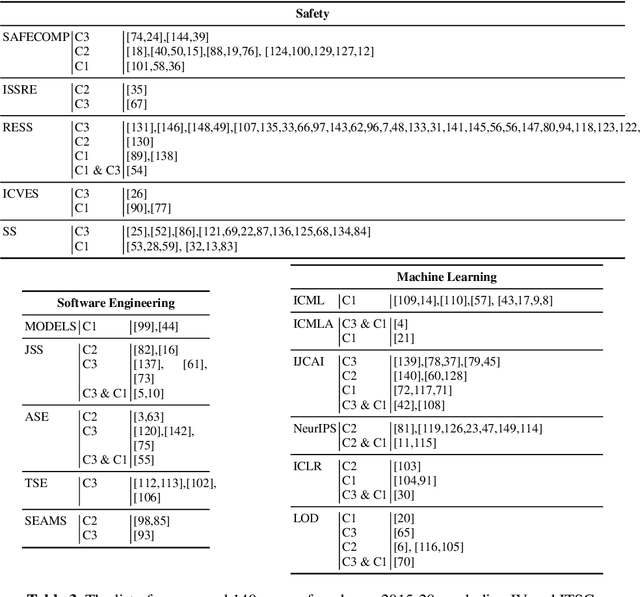
Abstract:Machine learning (ML) is finding its way into safety-critical systems (SCS). Current safety standards and practice were not designed to cope with ML techniques, and it is difficult to be confident that SCSs that contain ML components are safe. Our hypothesis was that there has been a rush to deploy ML techniques at the expense of a thorough examination as to whether the use of ML techniques introduces safety problems that we are not yet adequately able to detect and mitigate against. We thus conducted a targeted literature survey to determine the research effort that has been expended in applying ML to SCS compared with that spent on evaluating the safety of SCSs that deploy ML components. This paper presents the (surprising) results of the survey.
 Add to Chrome
Add to Chrome Add to Firefox
Add to Firefox Add to Edge
Add to Edge